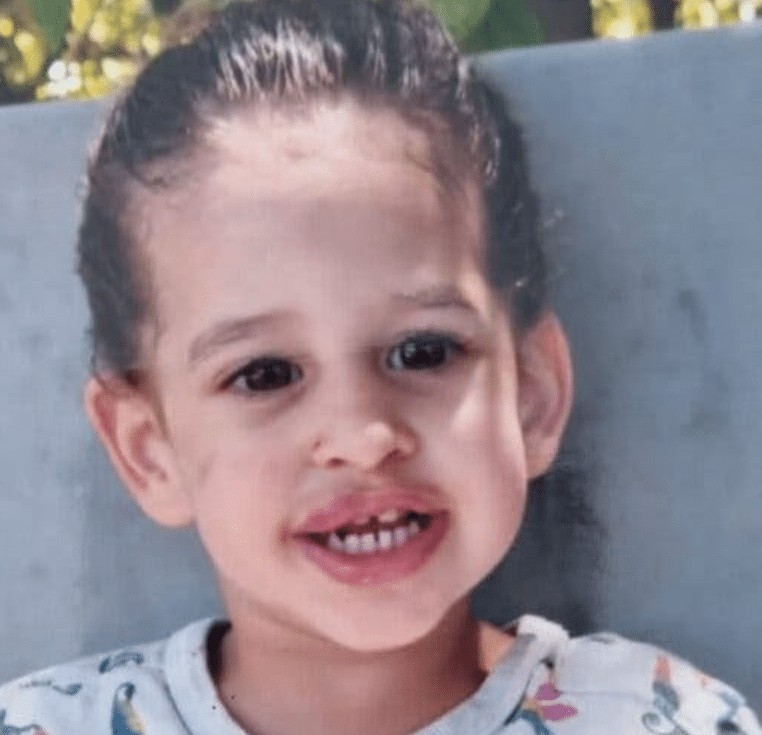Some of the hostages were held in sweltering tunnels deep beneath Gaza, while others were squeezed into tight quarters with strangers or confined in isolation. There were children forced to appear in hostage videos, and others forced to watch gruesome footage of Hamas’s Oct. 7 terrorist attack. They bore physical and psychological wounds.
As some hostages captured that day in the Hamas-led assault on southern Israel have been released, they have relayed these and other stories of their captivity to family members. While their individual experiences differ in some details, their accounts share features that corroborate one another and suggest that Hamas and its allies planned to take hostages.
The New York Times interviewed the family members of 10 freed hostages, who spoke on behalf of their relatives to relay sensitive information.
The relatives who spoke to The Times described how the freed hostages, many of them children, were deprived of adequate food while in Gaza. Many said they had received just a single piece of bread per day for weeks. Others were fed small portions of rice, or pieces of cheese. The Red Cross said it was denied access to the hostages.
Many of the hostages who have returned to Israel in the past week — part of a cease-fire deal between Israel and the armed group Hamas to trade hostages for Palestinian prisoners and detainees — have come home malnourished, infested with lice, ill, injured and deeply traumatized.
[The New York Times Report continues]
The surprise of the terrorist attack on Oct. 7 and the abduction of so many people at once has been described as a national trauma for Israel, but it is also trauma borne by individuals.
In the attack, more than 1,200 people were killed and 240 were taken hostage, according to Israeli authorities. Since then, Israel has ordered a siege of Gaza, cutting off supplies of water, food and fuel to enclave. It has also launched air and ground campaigns that have killed more than 13,000 people, the Gazan health ministry estimates.
For the hostages, it has been a series of horrors — first the attack, then the abduction and then captivity itself.
[The New York Times Report continues]
Many of the family members interviewed, particularly the relatives of children whose parents or siblings remain in captivity, were reluctant to share the most incriminating details of their captivity lest the militants retaliate against the hostages still in their custody.
Others cautioned that they were reluctant to pry too much too soon, or to share publicly the most disturbing details in an effort to preserve their relatives’ privacy and to keep them from being retraumatized.

